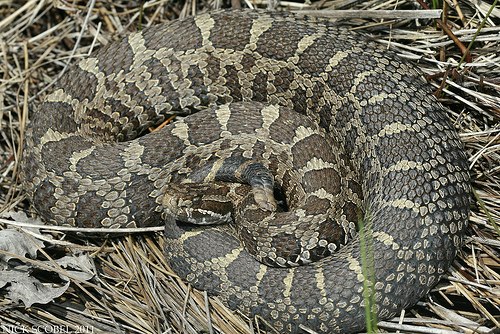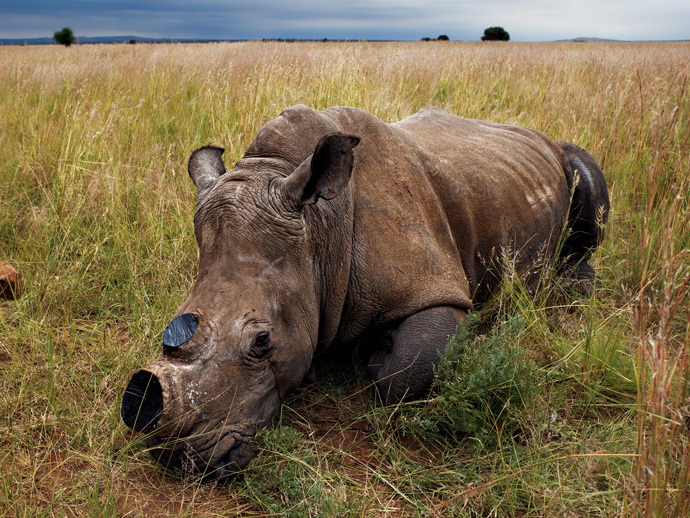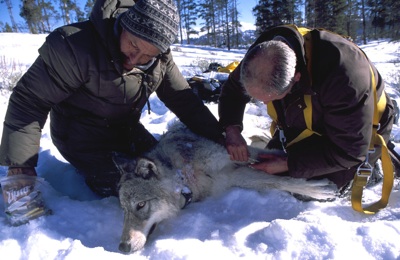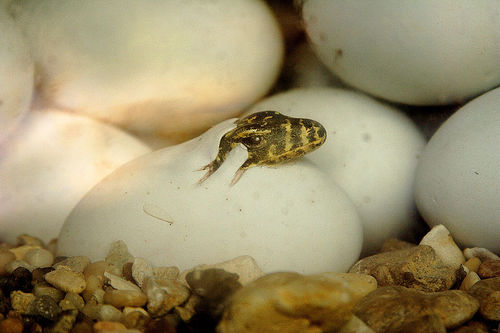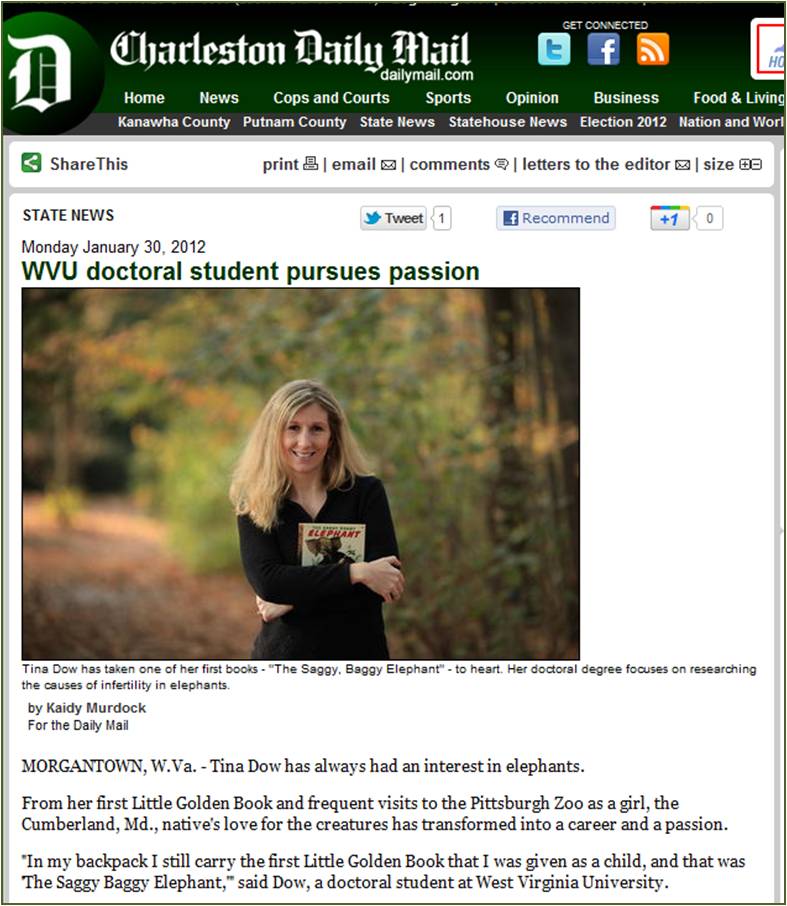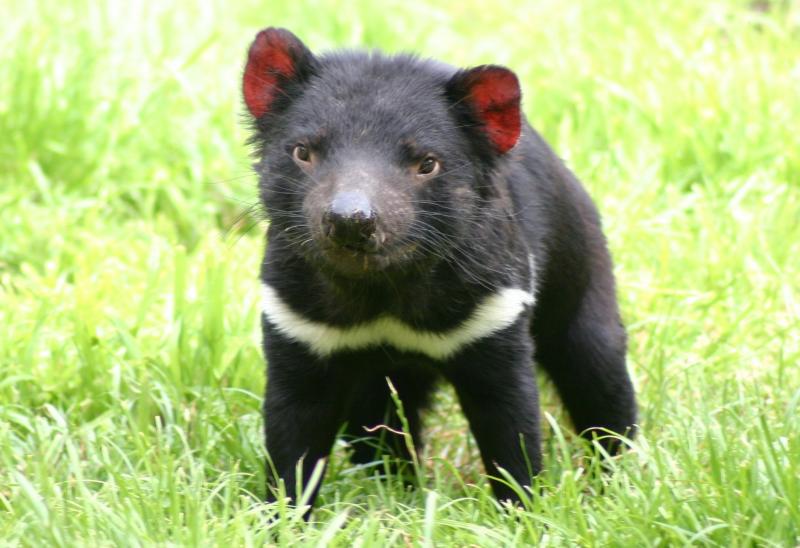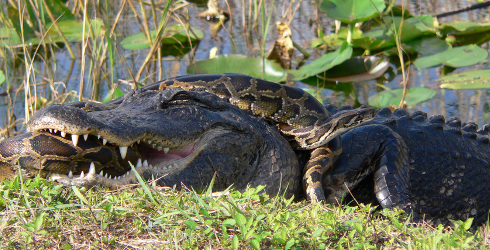Recently, Dr. Tina Dow was featured in the Researching the Researcher section of the latest edition of the Journal of the Elephant Managers Association (JEMA). The article highlighted Tina’s doctoral research while at West Virginia University and the Smithsonian Conservation Biology Institute.
Researching the Researcher– Dr. Tina Dow Featured in the Latest Edition of JEMA


